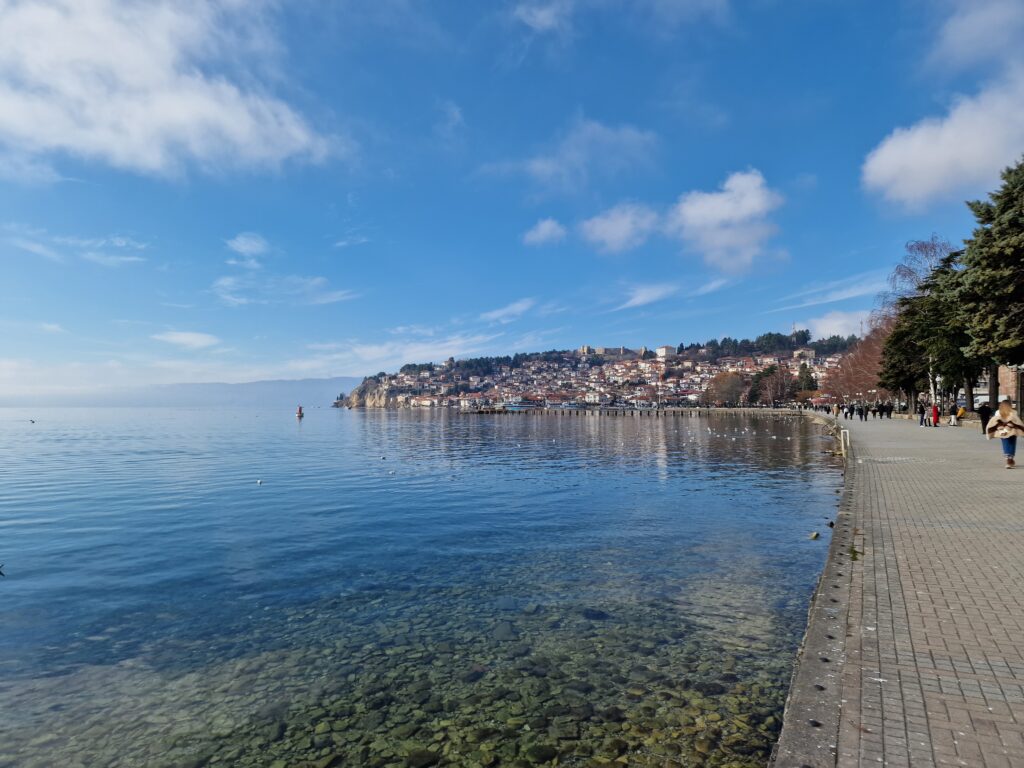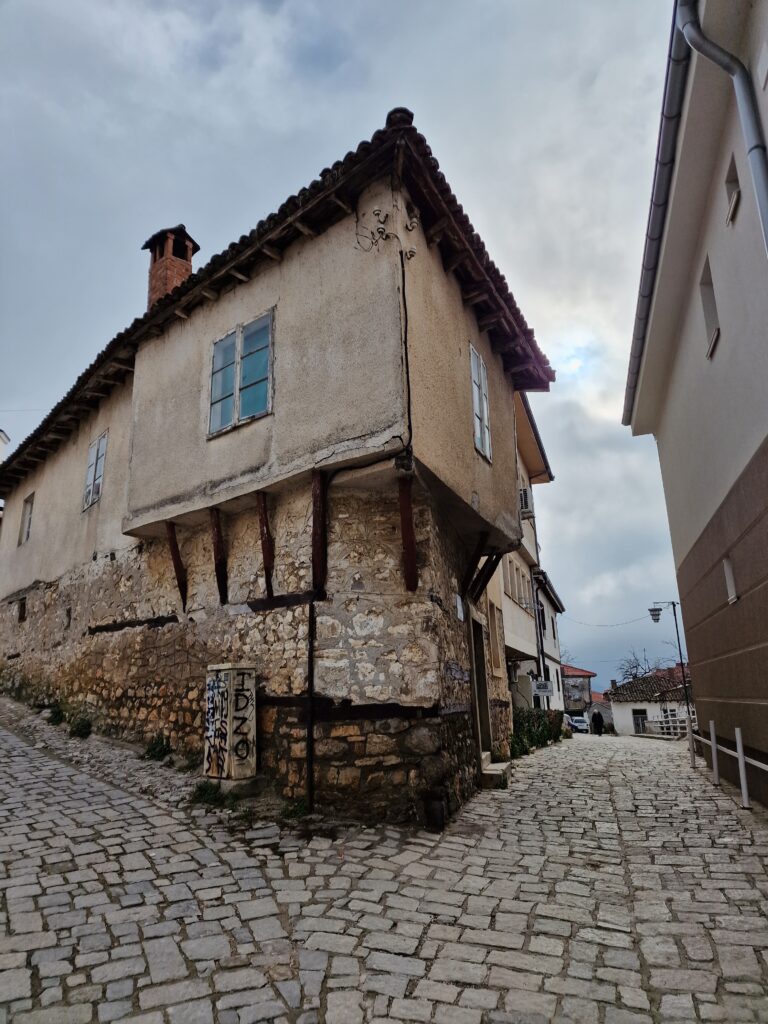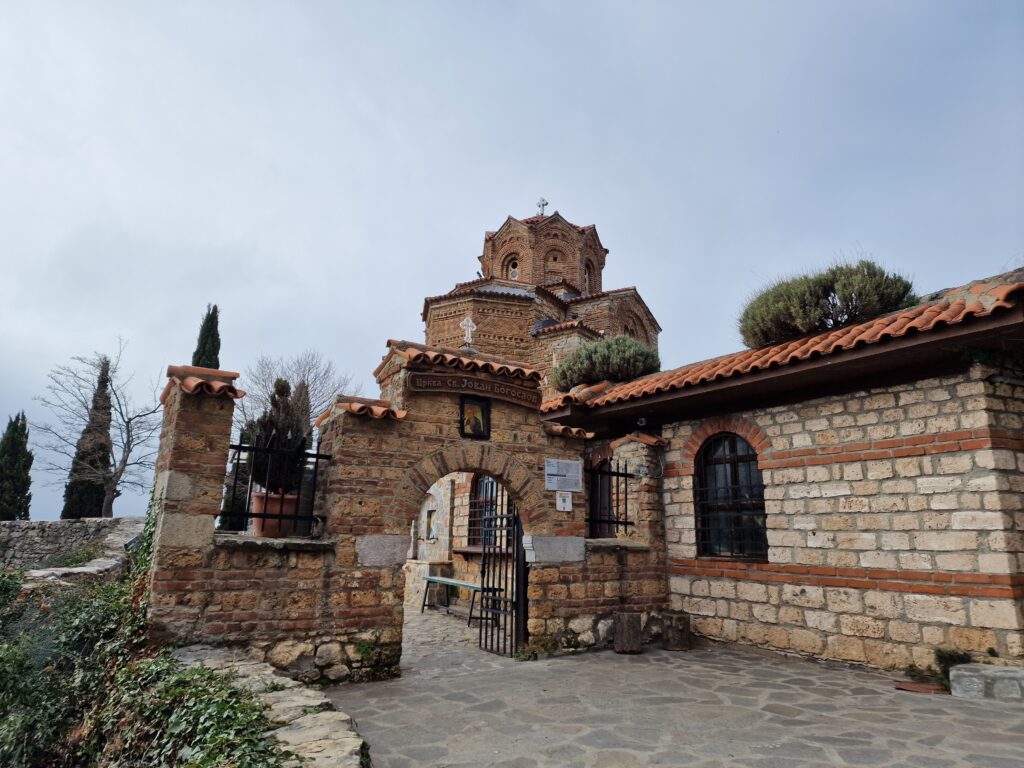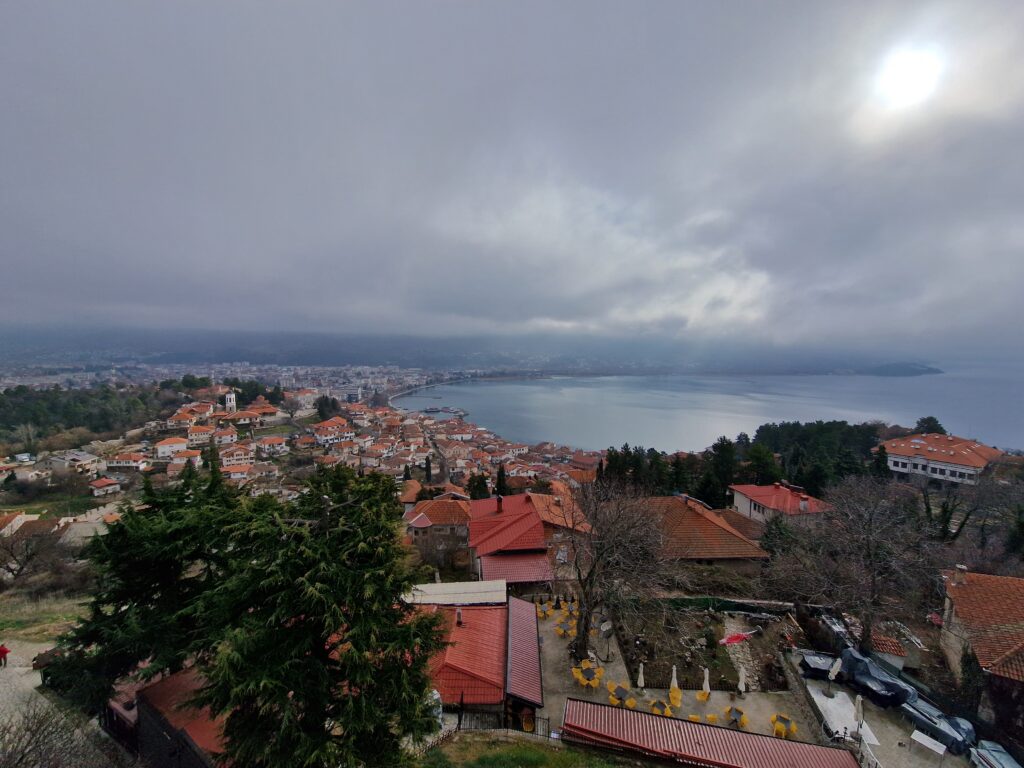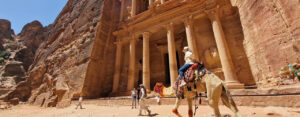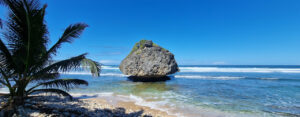
Knights of Macedonia
The newest nation on earth, at least by name, lay just across from our next Balkan border interrogation: North Macedonia. Caught up in a decades-long dispute with neighbouring Greece over where the ancient region of Macedonia actually is, and allowing the victor to lay the best claim to the birthplace of Alexander the Great (very important in these parts), the addition of the modifier ‘North’ to their nation’s name satisfied the Greeks enough to remove any objections they had to the Macedonians potentially joining the EU. What we were soon to discover, though, was that the locals were not altogether thrilled with the name change, and any mention of the word ‘North’ would result in them spitting on your shoes.
I put the pen down on my previous post at a rather grim high-altitude Albanian border post that we were keen to escape from as soon as our documents were checked and van searched (luckily, our Croatian cheese contraband was still evading the border guards of Europe). As soon as the final skinny border dog was just a glint in our rear-view mirror, the road dramatically descended through the mountainous mist and a lake of great magnitude appeared majestically before our eyes. The beautifully named Lake Ohrid, pronounced Ochrid in Welsh, is one of the oldest and deepest lakes in Europe, so says Wikipedia, and our newly formed plan, upon comprehending its immense natural beauty, was to spend the next week or so circumnavigating its ancient and ethereal shoreline.
The largest principality on Lake Ohrid is, unsurprisingly, the historic town of Ohrid, photos of which adorn the cover of every Macedonian guidebook ever published. The architecturally spectacular old town includes a remarkable three hundred and sixty-five churches, one for every day of the year, and, nowadays, just as many cafes, bars, and restaurants with each one blaring live traditional music almost twenty-four hours a day in an attempt to lure in as many out-of-towners as possible, of which there are plenty. Ohrid is certainly a tourist town, attracting not just wealthy Germans and Americans but persons from all over the Balkan, and Kidwelly, regions, too.
With the temperature of the lake a nippy seven degrees, water sports were out of the question which leaves tourists like us with but one option: churches. The first of which, the Church of Saint Sophia, dates back to the 9th century and is one of the most important monuments of North Macedonia, housing architecture and rare works of art from the Middle Ages. However, its most spectacular draw, in my expert theological opinion, is its extraordinary ceiling frescoes, matching any of those that we saw in fresco-fanatical Italy. So important a landmark it is, details from the church are depicted on the reverse of the 1000 Macedonian Denar banknote, for which there is no greater honour.
Notable a church though it is, it’s nowhere near as photographed or as romanticised as our next. The Church of St. John (see feature image) is an Orthodox house of worship spectacularly situated on a cliff overlooking Lake Ohrid and, although no bigger than a two-story semi-detached, has become a symbol of the nation. Not just on the front of the cover of my North Macedonian guidebook but in the first thoughts and visions that spring to mind whenever the name of the nation is mentioned, in a similar way to the Eiffel Tower in France, the Colosseum in Rome, or the Brynmawr Rubber Factory in Blaenau Gwent.
While getting up close and personal with the wooden beams of Macedonian Orthodox churches is wonderful, the only way of experiencing the magnificent architecture of all three hundred and sixty-five structures at once is from the great height of Samuel’s Fortress. Built during the rule of the fantastically named Tsar Samuel of Bulgaria, the view from its battlements is astounding, offering a panoramic scene of the surrounding region including the endless lake and the countless church domes, as is the customary design of the area. The perfect location to end a pleasurable and peaceful first week before the hustle and inevitable bustle of the capital to come. On to Skopje!
J



